What’s new, New Zealand?
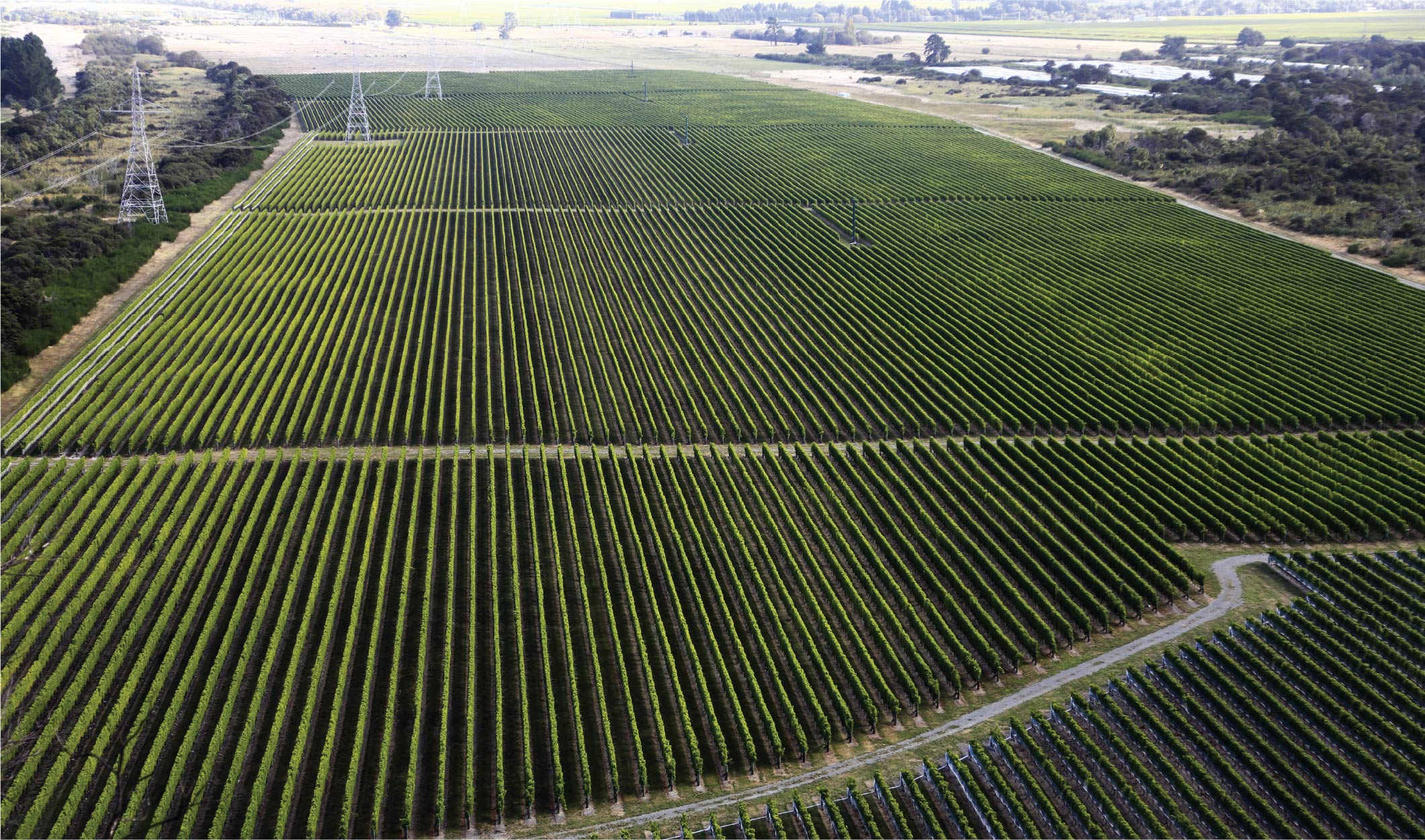
Vintages Feature Story
Today’s Kiwi wine scene is defined by envelope-pushing producers exploring the possibilities in far-flung regions, with new styles and using less-common grapes.
Marlborough Sauvignon Blanc and Pinot Noir are unquestionably New Zealand’s 1 and 1A, and now single-vineyard expressions and examples made in regions beyond “the big M” are infusing NZ’s flagships with a new distinctiveness. Experimental plantings of unexpected varietals and top-tier low-alcohol and orange wines show the uncompromising zeal for the new that is making NZ a hotspot for the interesting and surprising.
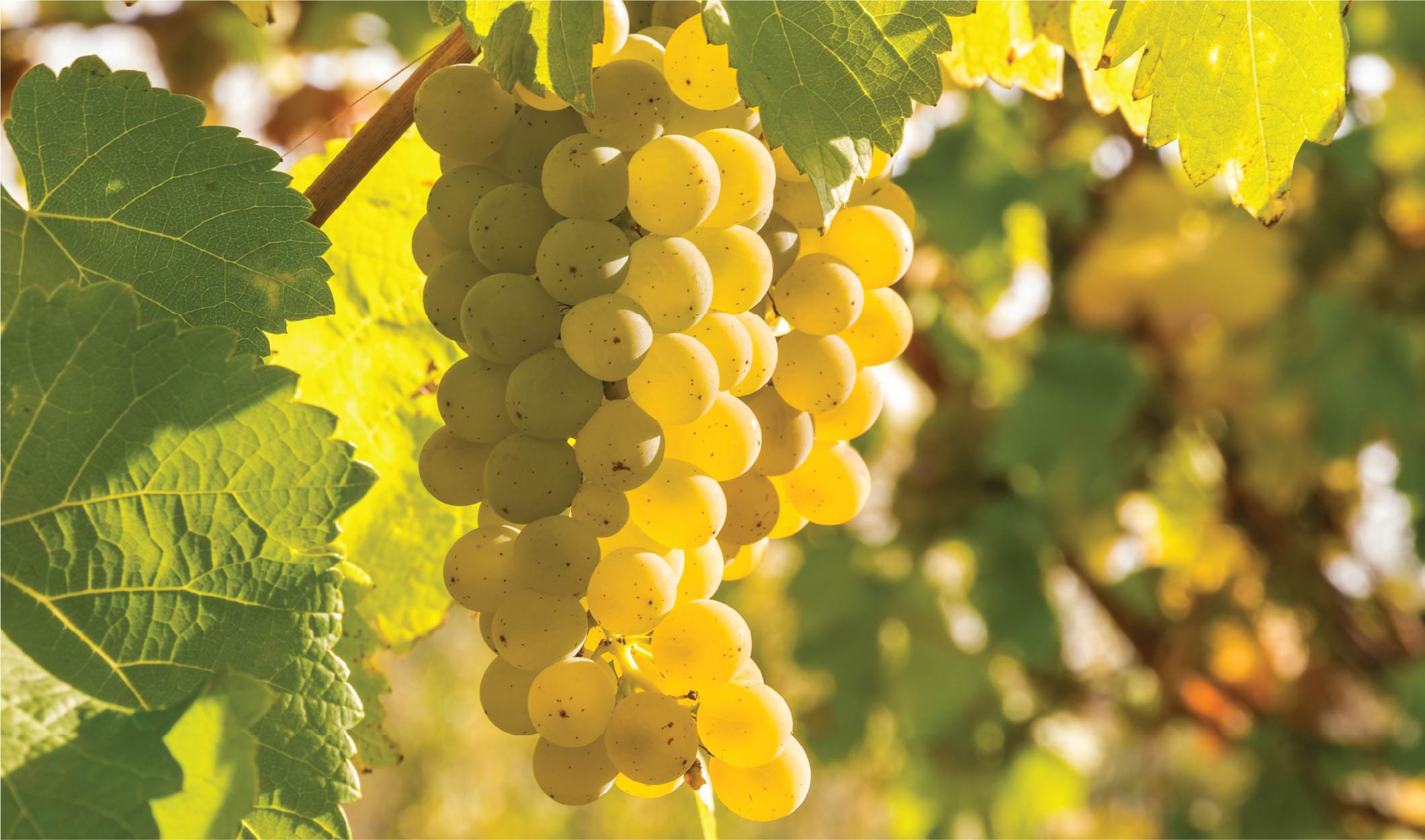
New Varietals
Small batch, rare, and off the beaten path.
There are fewer than 30 hectares of Albariño in New Zealand, planted mostly in Marlborough, Hawke’s Bay and Gisborne. For perspective, plantings of Sauvignon Blanc exceed 25,000 hectares. NZ Albariño is aromatic and refreshing, with citrus, peach, spice and a saline minerality, and has quickly become a darling of sommeliers the world over. NZ Pinot Gris is closer in style to Alsace than northern Italy. The warmer North Island produces ripe examples with an unctuous mouthfeel, while South Island takes are more aromatic and structured. Some producers are experimenting with barrel ageing to further enhance the texture of both styles. Many of NZ’s “emerging” styles, though made in small quantities, have been around for some time. Planted in NZ in the mid-1800s and mostly in Hawke’s Bay, Syrah is elegant, with intense plum and black pepper spice, and stylistically reminiscent of the Northern Rhône. First planted here in the early 1800s, NZ Riesling is gaining well-deserved recognition.

“New Zealand’s maritime climate, cool nights and long hours of sunshine mean many of its wines are refreshing, with bright fruit, heady aromatics and abundant acidity … But New Zealand … also delivers muscular reds, long-lived Chardonnay, traditional-method sparkling wines, Riesling of all shapes and sizes, as well as myriad other aromatic styles.”
–Christina Pickard, Wine Enthusiast, July 28, 2020
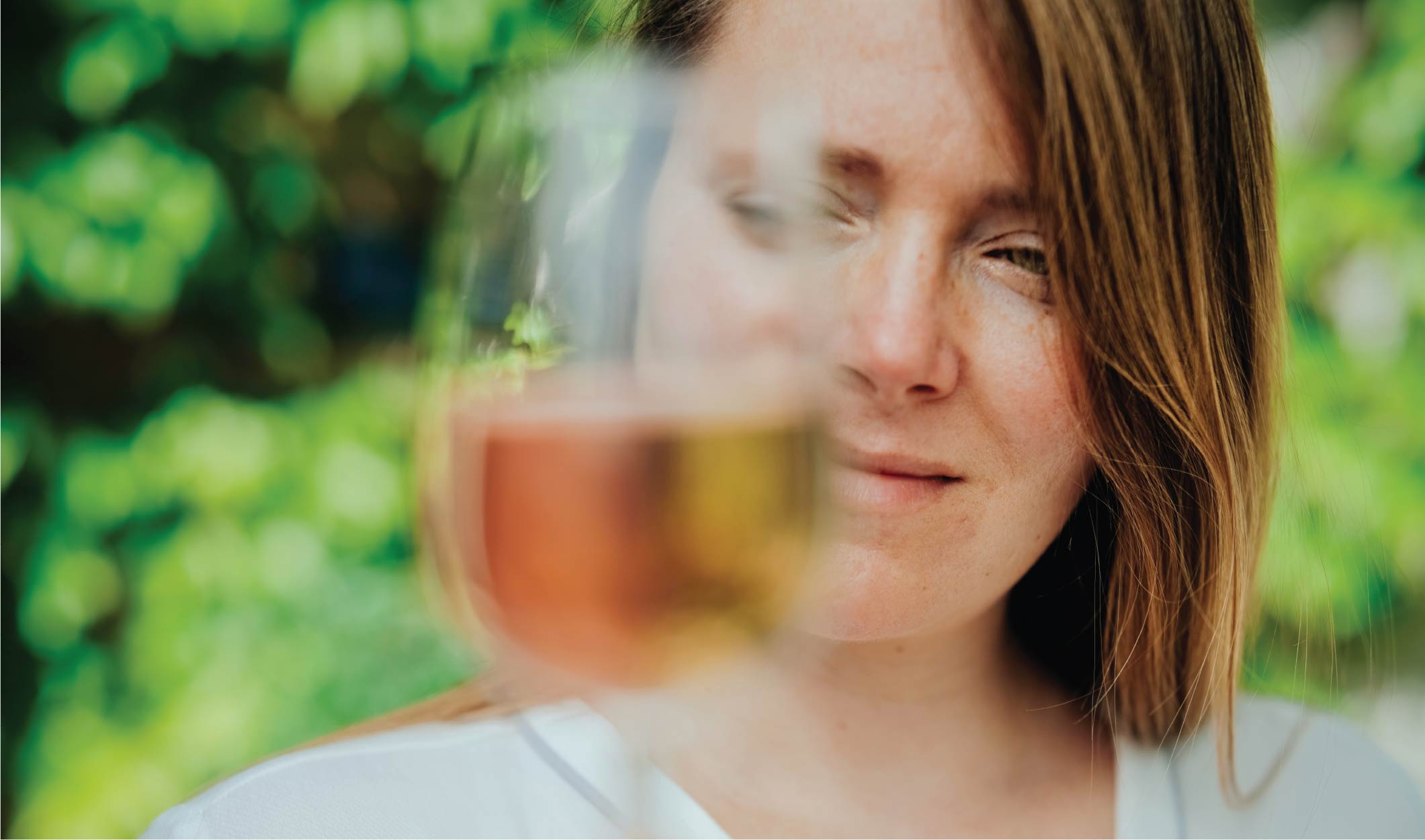
New Trends
Healthy options: lower-alcohol and orange wines
The Doctors’ Riesling, featured here, doubles down on NZ Riesling’s rising celebrity by also being a top-flight low-alcohol wine. The health benefits of moderate-alcohol wines have inspired years of experimentation. In NZ, winemakers have been able to exploit the natural advantages of their cool climate to bring grapes to full flavour through a long, slow ripening period. This allows their low-alcohol wines to retain their intensity and varietal characteristics naturally rather than through technological interventions. Orange wines, sometimes referred to as skin-contact wines or amber wines, are typically unfiltered and are created by macerating the skins of white grapes with the pressed juice, as is done in red wine production. The process increases the polyphenol content of the wine, enhancing tannins, colour and flavour and resulting in bolder, more textured wines than their white counterparts. Polyphenols are micronutrients found in many plant-based foods. They’re full of antioxidants (though to a lesser degree than in red wine) and when consumed in moderation can offer some health benefits. Though a “new” trend, the method dates back thousands of years to the origins of winemaking in Georgia.
New Producers
Three of a kind.
These three producers encapsulate the energy that’s defining the future of New Zealand wine.
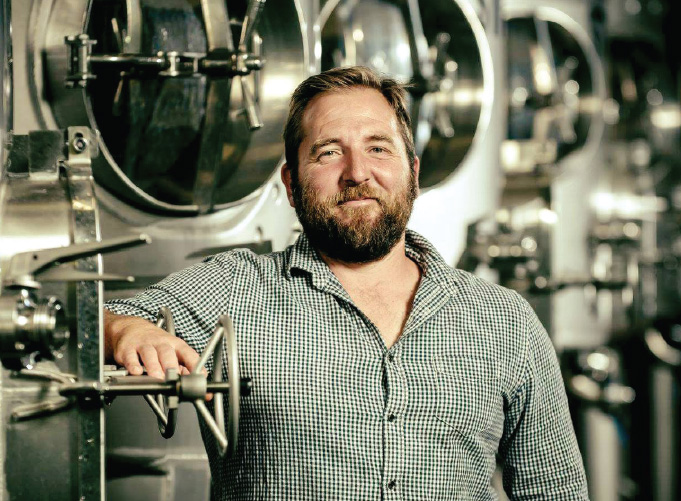
Luna Estate
Sourcing grapes from their Blue Rock and Eclipse vineyards, Luna is primarily focused on Pinot Noir, but this dynamic Martinborough producer also crafts some Sauvignon Blanc, Riesling, Pinot Gris, Chardonnay and Syrah. Blue Rock was planted in 1986 and Eclipse in 1992. These mature vines impart true provenance to the wines.
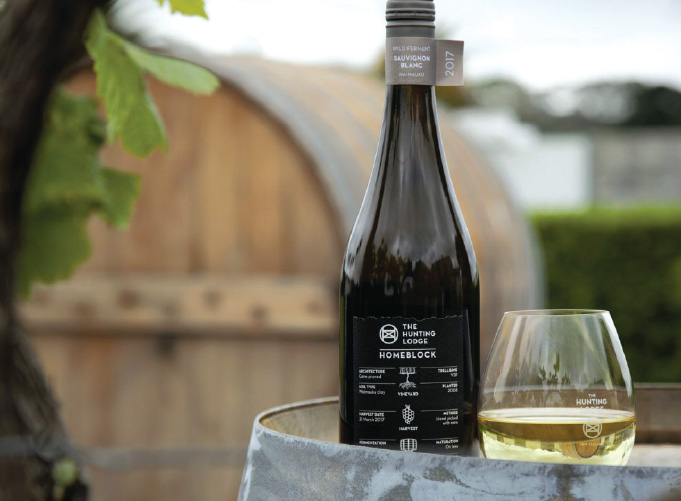
The Hunting Lodge
An innovative and experimental approach has earned The Hunting Lodge a strong cult following in New Zealand. Their boutique portfolio includes wines from classic and emerging regions and features Marsanne, Viognier, Albariño and Chardonnay as well as Pinot Noir and Sauvignon Blanc, some of which is sourced from estate vines that are over 40 years old.
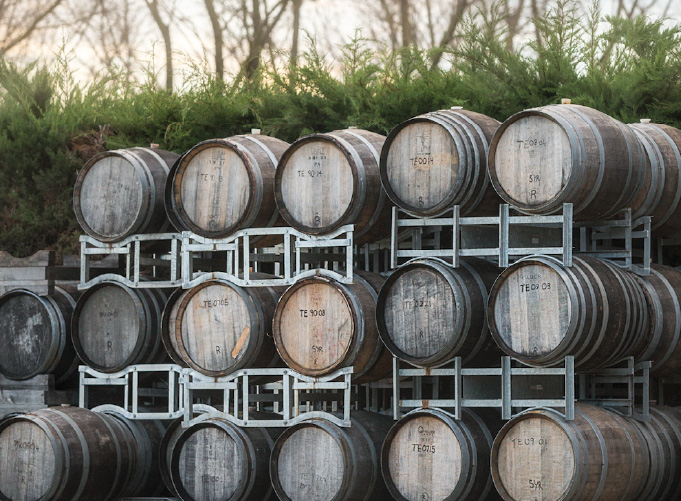
Muddy Water
Experimental from the onset, Muddy Water first planted their vines in 1993 and grew a wide range of varieties. They kept what worked and pulled out what didn’t. Among those that remained is a tiny block of the South African grape Pinotage – one of only a handful of such plantings in New Zealand.
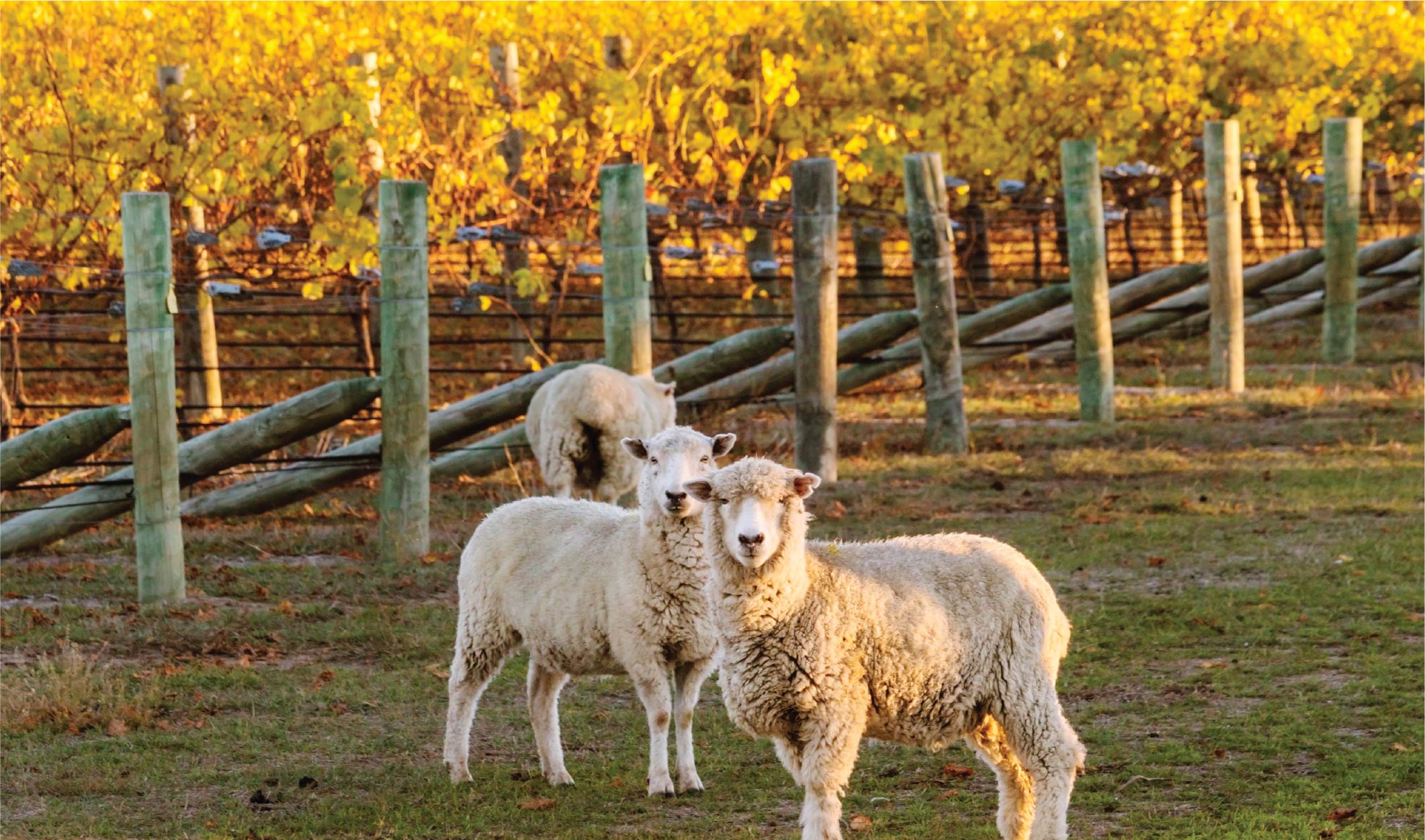
New Classics
Marlborough’s flagship varietals shine across NZ
Marlborough Sauvignon Blanc and Pinot Noir are always top of mind, but every region is putting its own stamp on New Zealand’s signature grapes. Here are some places – from north to south – to keep an eye out for:
HAWKE’S BAY – Eastern coast of the North Island
Sauvignon Blanc: Bright acidity and intense fruit. These are often fermented or aged in oak. Pinot Noir: Floral and spicy with cherry and plum. Many can be quite earthy, but all are rich, with supple tannins.
MARTINBOROUGH – Southern tip of the North Island
Sauvignon Blanc: Intense, bright and quite perfumed, with good precision. Herbs, tropical fruit and mineral. Pinot Noir: Richly flavoured and savoury, with great texture and depth alongside a notably aromatic varietal character.
MARLBOROUGH – Northeast tip of the South Island
Sauvignon Blanc: Herbaceous, aromatic and tropical, with excellent vibrancy. Pinot Noir: Brightly articulated dark and red fruit, with spicy undertones.
CENTRAL OTAGO – New Zealand’s southernmost and highest wine region
Sauvignon Blanc: Crisp and linear, with herbs, pineapple, passionfruit and a distinct gunflint minerality. Pinot Noir: Aromatic and lush, with taut structure, silky texture and true intensity.
Get our Latest News!
Be the first to hear about new arrivals, special offers, virtual events and more.
Get to Know Us!
Everything we are in a nutshell.

